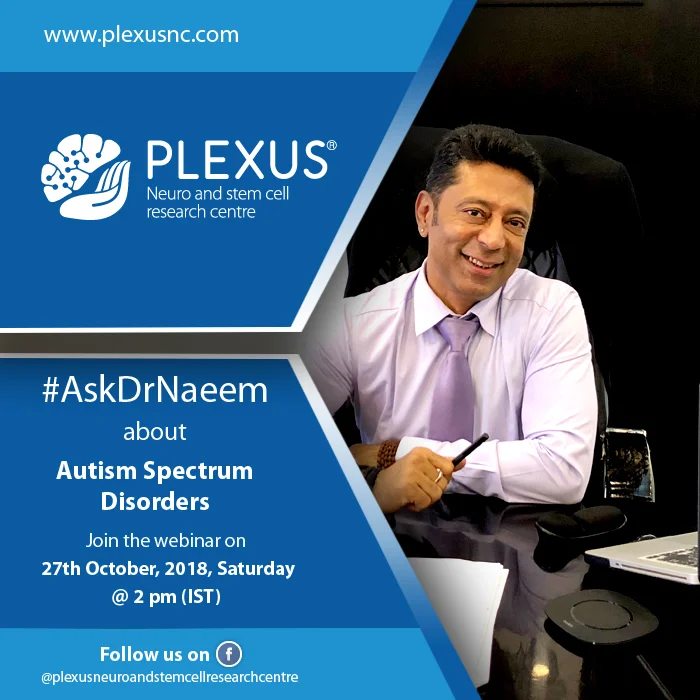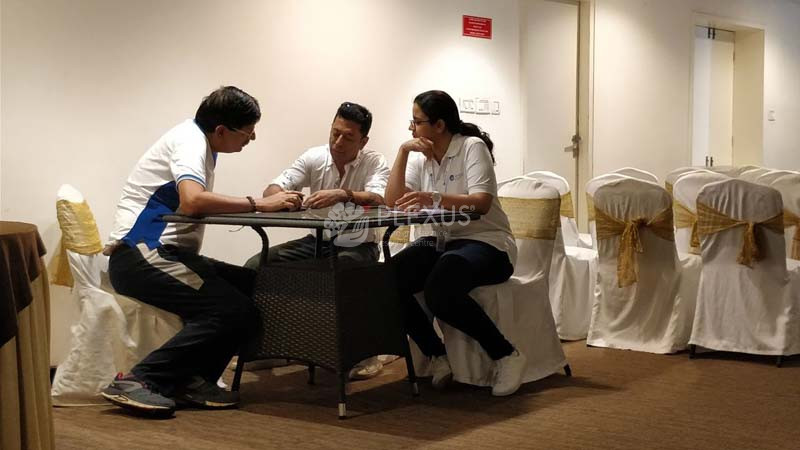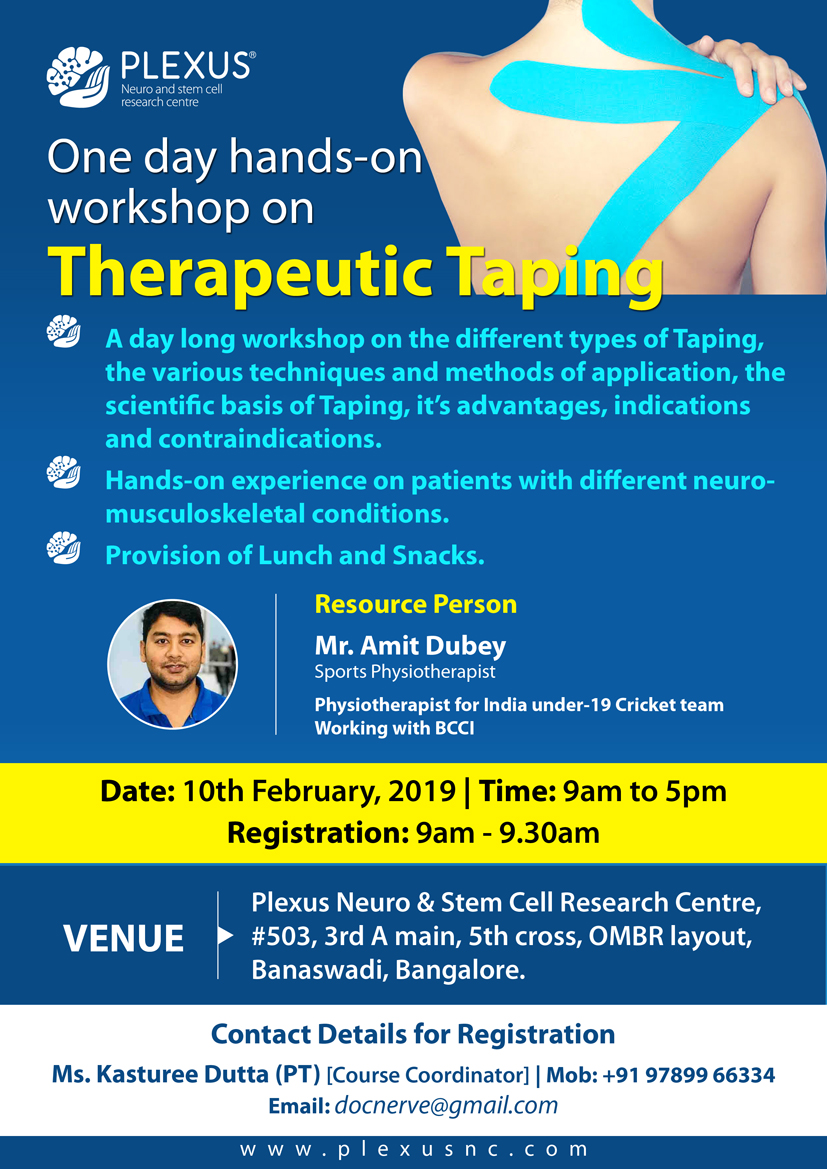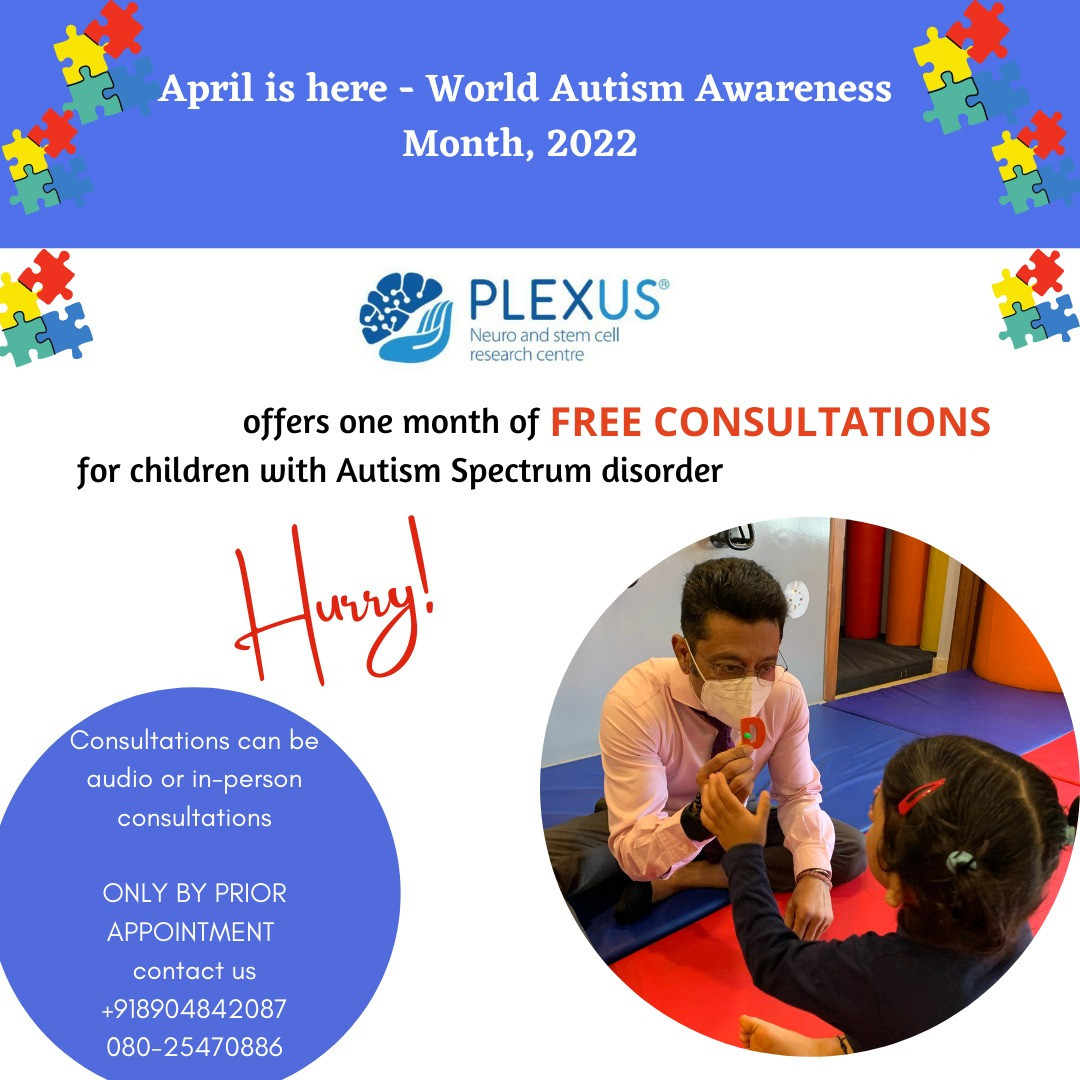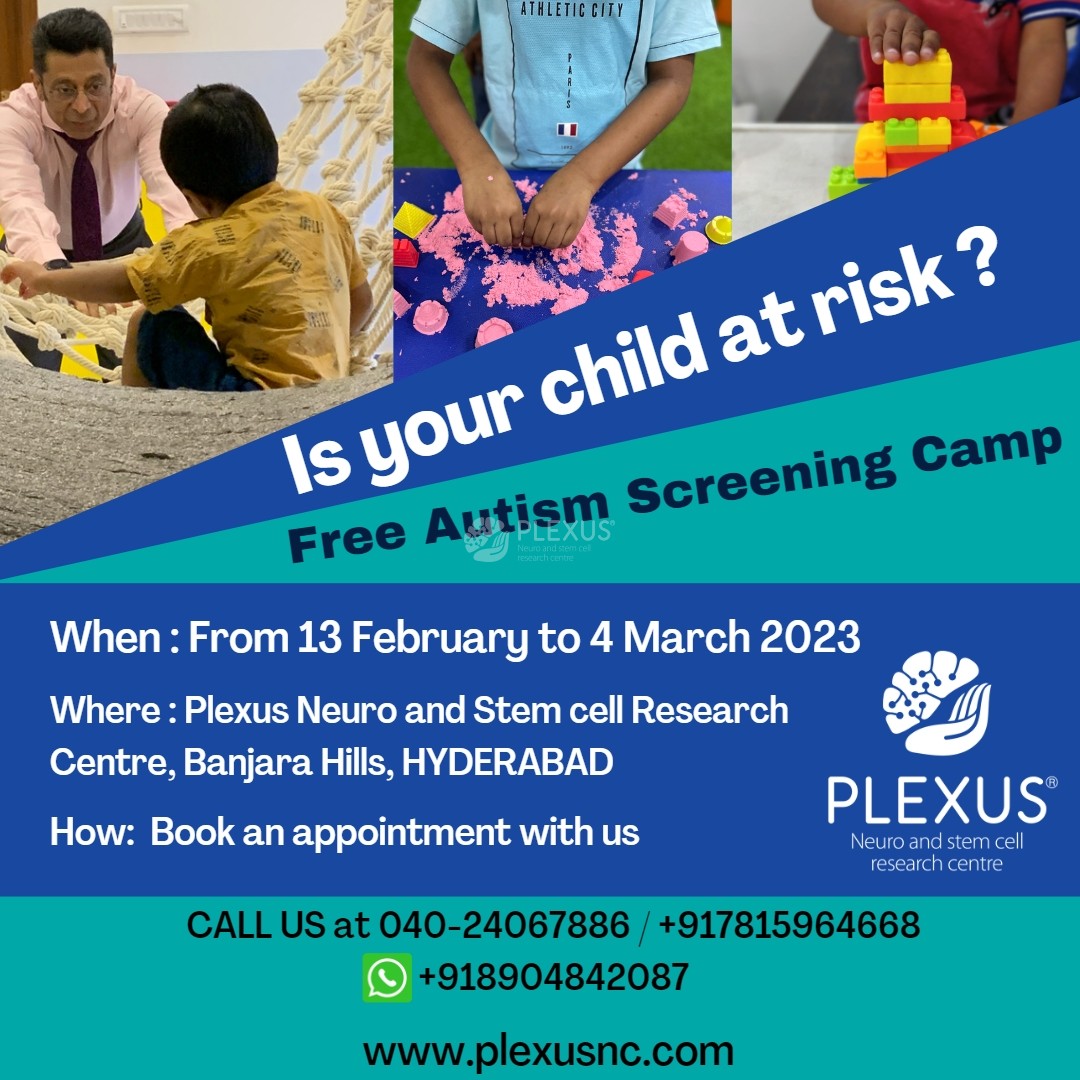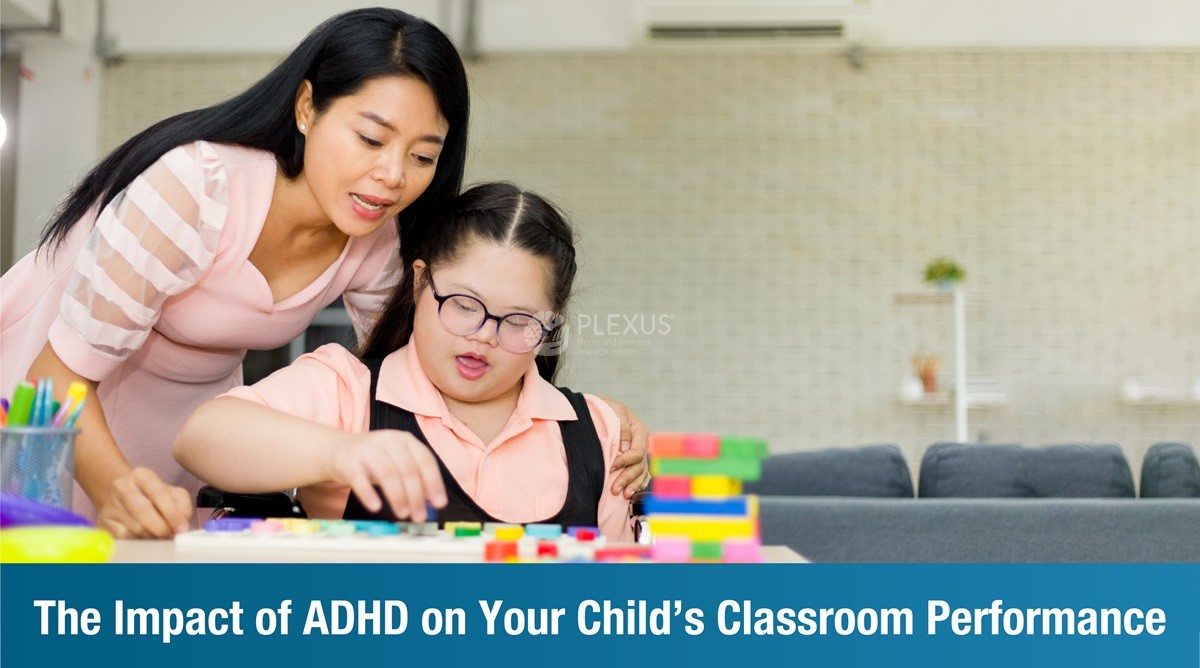
Diversity is not just limited to ethnicities and geographies. Diversity also extends to our minds that weave their own unique patterns of experiences and thoughts. Children with Attention Deficit Hyperactivity Disorder (ADHD) struggle with creating these simple patterns.
ADHD’s impact on everyday life may be broad and varied. However, in the context of education, the neurodevelopmental disorder is particularly significant. Through this blog, we will help you understand the characteristics of ADHD students in the classroom, effects of ADHD on learning, and ADHD behavioral problems at school. Additionally, we will also help you formulate strategies to support your child or student with ADHD. So, if you are a parent, teacher or an educator, this blog will be particularly useful for you.
Understanding ADHD and Its Impact on Learning
ADHD is one of the most common childhood developmental conditions. It affects a child’s ability to control their spontaneous responses. It can also result in behaviors such as inattentiveness, inability to follow instructions, a dislike for routine, and a tendency to blurt out remarks.
Children with ADHD may also display hyperactive behavior. This can appear like –
- Difficulty in sitting still
- Impulsively interrupting others
- Constantly fidgeting
A few instances of inattentiveness do not necessarily indicate ADHD. But, if your child or student consistently displays any or a combination of the below symptoms, then we advise consulting a developmental paediatrician as soon as possible. Generally, children with ADHD are likely to appear tuned out or bored when expected to follow a routine or complete tasks that they do not like. Typical ADHD symptoms you need to watch for are:
- Appearing demotivated and ‘spaced out’
- Trouble paying attention to anyone task for too long (leaving a puzzle/book/painting midway)
- Jumping from one activity to another or skipping steps in longer procedures
- Difficulty completing projects, especially ones that they perceive as boring (similar to symptom no. 2)
- Trouble concentrating in a noisy environment; can get easily distracted
- Difficulty following instructions or remembering things like chores
- Difficulty organising personal space and planning ahead for things like homework
- Tendency to fidget when expected to stay still
- Tendency to misplace personal items
- Hyperactivity, such as moving around, fidgeting constantly, or talking too much
Core Symptoms in Academic Context
In the above segment, we touched upon the most common symptoms of ADHD in children. Here, let’s dive a little deeper and understand how the disorder manifests in the classroom.
Inattention in ADHD students may appear like:
- Inability to sustain attention and stay focused on tasks, be it completing assignments or listening to the teacher
- Poor organisation skills and lack of preparedness; some students may forget to bring their books or complete their assignments
- Inability to follow instructions, especially multi-step instructions
Hyperactivity-Impulsivity in ADHD students may appear like:
- Restlessness
- Excessive talking
- Blurting out answers or making impulsive decisions
- Interrupting the teacher or other students
Note to teachers: Careless mistakes is a phrase teachers often use when their students make errors in their schoolwork. But sometimes, what may be the obvious answer to us, may not be the same for a student with ADHD. So, if you find these careless or “silly” mistakes are recurring, please bring it to the attention of the child’s parents and guide them to take the right decision by their child.
Common Behavioral Traits in Classrooms
ADHD related behavior problems can present challenges for both teachers and students with ADHD. Such behaviors can impact the child’s social interactions, academic performance, and general well-being. In addition to the characteristics of ADHD students in the classroom, below are some more the school authorities should watch for:
- Inability to remain organised
- Inability to remain seated for long periods of time
- Messy desks
- Lost assignments
- Procrastination
- Failure to complete tasks
Academic Challenges Faced by Students with ADHD
Other challenges may be categorized under:
Inattention and Hyperactivity in Learning
Difficulty maintaining focus, following instructions, and completing tasks, leading to academic challenges.
Teachers become frustrated with the disruptive behaviors of students with ADHD. This often leads to disciplinary actions which can be counter-intuitive.
Emotional and Social Setbacks in School
Many students with ADHD are rejected by their peers for their behavioral patterns. This lowers their self-esteem and leads to social isolation and bullying.
They may have low self-esteem, anxiety, and frustration.
It is important to note here if ADHD is left unaddressed, it can lead to long-term academic challenges, and also increases the risk of co-occurring disorders, such as depression and other mental health challenges.
How ADHD Affects Academic Performance
Trouble with Instructions and Assignments:
Students with ADHD often face difficulties in understanding and following instructions, which can lead to incomplete or incorrectly done assignments. They may miss key details or struggle with organization, making it harder to start or finish tasks on time.
Common Mistakes and Misconceptions:
A common misconception is that students with ADHD are simply lazy or unmotivated. In reality, their symptoms make it challenging to focus, organize thoughts, and manage time effectively. Many may also appear forgetful or disorganized, but this is a result of their condition, not a lack of effort.
Effective Classroom Strategies for ADHD
In India, the Right to Education Act and Rights of Persons with Disabilities (RPWD) Act protect the interest of children with developmental disorders such as ADHD. Upholding India’s vision of inclusive education, the Acts ensure children with ADHD also have access to mainstream education by promoting the integration of these children into regular classrooms and schools.
Equal and non-discriminatory opportunities in education is the constitutional right of every child.
But what can the schools do at their level? Plenty!
Teaching Techniques and Adaptations
As a teacher, it is important to recognise the characteristics of ADHD in students, understand why they behave in a particular manner, and ensure the school has the necessary resources to offer essential support to the child. Additionally, the teacher should also:
- Remain calm
- Always be empathetic
- Keep themselves updated
- Manage their expectations
- Offer frequent breaks
- Do not overload or overstimulate the child
- Encourage peer support and positive relationships
- Appreciate positive behavior
- Reduce distractions (loud noises, bright lights, too many materials, etc.)
While Individualized Education Plans (IEPs) have not been properly standardised in India, our schools have provisions for individualised support and educational accommodations, such as extended time for assignments, preferential seating, etc.
Most modern classrooms and schools are equipped with classroom modifications like visual schedules, clear and simple instructions, periodic breaks, and similar classroom strategies to help ADHD students.
The Role of Parent-Teacher Collaboration
Parent-Teacher Collaboration: Open and effective communication between parents and teachers help create a supportive environment. Parents are also given regular updates of their child’s progress and challenges they are facing, to help them devise suitable intervention strategies with teachers and therapists.
Behavioral Therapy: Many schools have behavioral therapists and psychologists who devise coping strategies and help children develop self-regulation skills.
Therapies for ADHD at Plexus
At Plexus, our team of highly-skilled therapists offer a customised therapy program that is a combination of:
Occupational Therapy for Academic Skills
This approach works to improve coping mechanisms, improves time management and organisational skills, and enables a child to lead a full life.
Behavioral and Cognitive Approaches
Behaviour Therapy – This is predominantly behaviour management, which teaches good behaviour and manners through rewards for completion and progress.
Cognitive Behavioural Therapy – This approach teaches children how to rethink their attitude to a situation and thus modify their behaviour.
Parent Training and Psychoeducation
Parent Training Programmes – These are to educate parents with specific ways to talk to and play with children so as to encourage positive behaviour in them.
Social Skills Training – This approach uses role-play to teach children how to behave in social settings.
Psychoeducation – This involves both children and their parents talking about ADHD so as to properly come to terms with it.
Conclusion: How Plexus Supports Your Child’s Success
Plexus offers personalized strategies and interventions tailored to address the unique needs of children with ADHD. Through focused support, behavioral therapy, and academic guidance, we help children overcome challenges related to inattention, hyperactivity, and task completion, setting them on a path to success in school and beyond.
To know more, please reach out to us.
WhatsApp +91 89048 42087
Call +91 78159 64668 (Hyderabad) | +91 82299 99888 (Bangalore)
FAQs
How does ADHD affect academic performance in school?
ADHD can lead to difficulties with focus, organization, time management, and completing assignments, impacting a child’s academic performance.
What are the best teaching strategies for students with ADHD?
Effective strategies include breaking tasks into smaller steps, using visual aids, providing frequent feedback, and creating a structured, distraction-free environment.
Can a child with ADHD succeed in a regular school in India?
Yes, with the right support, accommodations, and strategies, a child with ADHD can succeed in a regular school in India.
What therapy options help improve learning in children with ADHD?
Therapy options include behavioral therapy, cognitive-behavioral therapy (CBT), academic coaching, and medication when needed, all aimed at improving focus and behavior.
How does Plexus support children with ADHD in academic settings?
Plexus provides individualized interventions, learning strategies, and behavioral therapy to help children with ADHD thrive in school and improve their academic performance.

